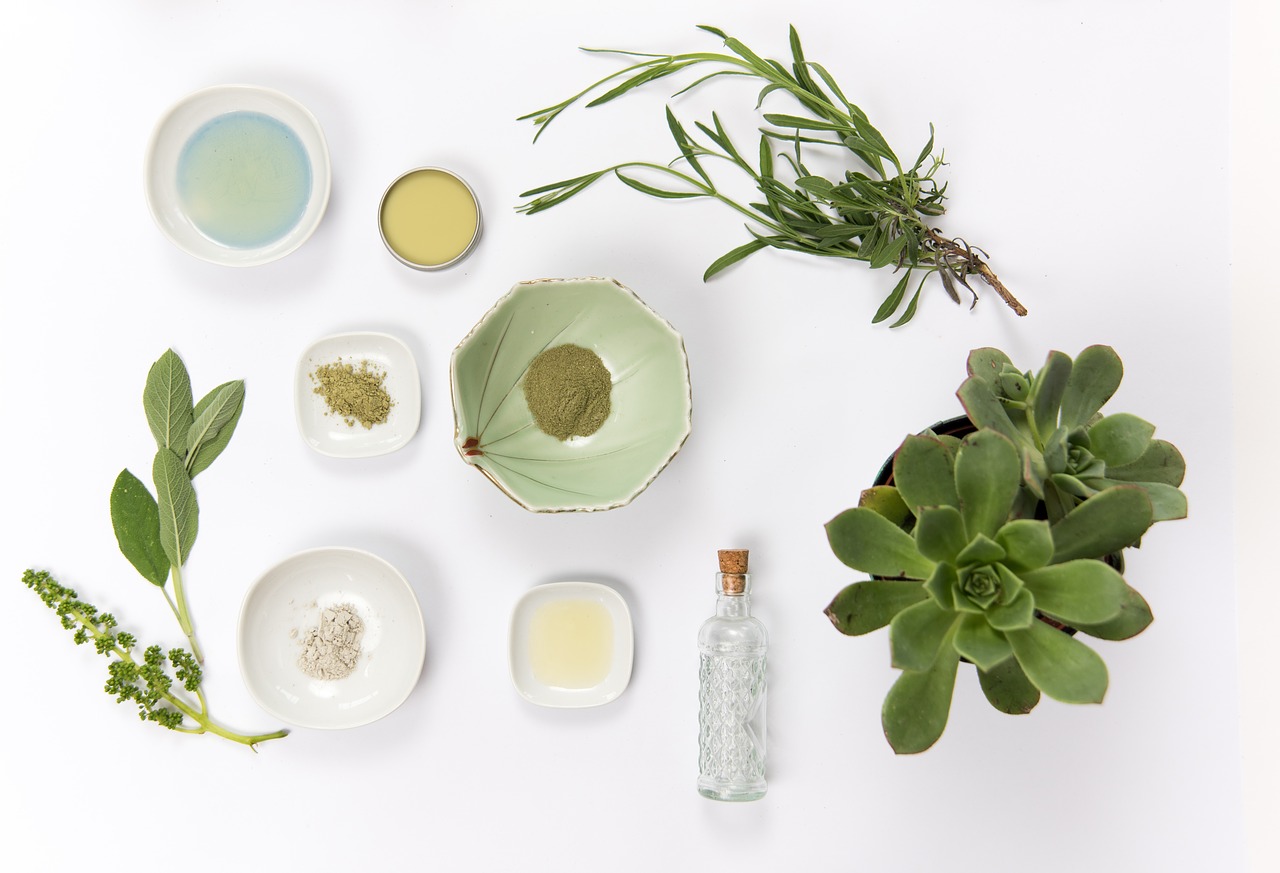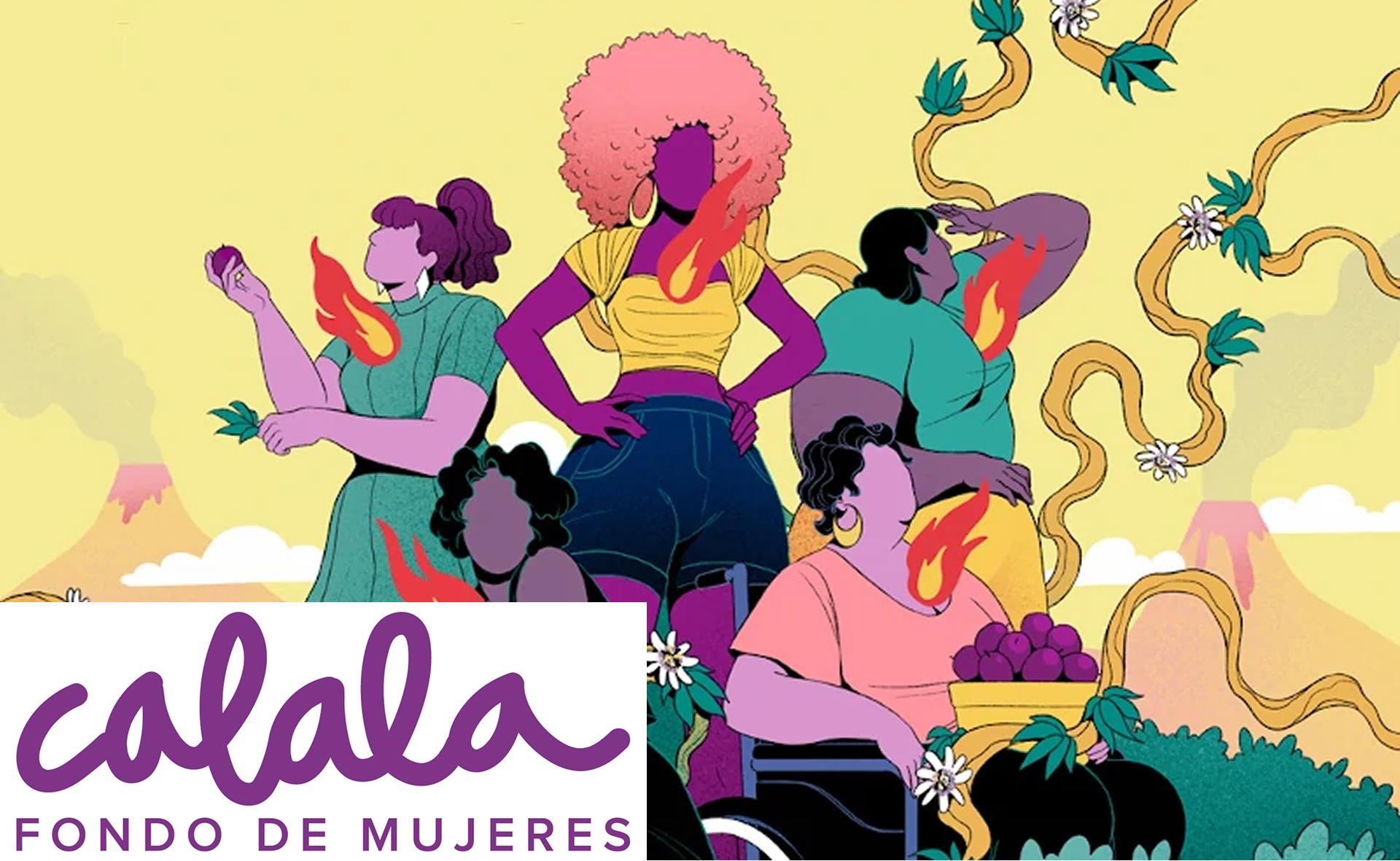Clean Beauty: Are You Ready to Meet Expectations in This Fast-Growing Sector?
Clean beauty is not a new phenomenon, but it’s undeniably a trend that has been gathering steam and attracting more consumer interest in recent years.
More and more brands around the world are committing to this market, in regions ranging from Western Europe to the Middle East. It’s a sector that clearly offers a lot of potential for businesses to grow and nurture relationships with customers, but only if you can find the right approach to marketing your products and communicating their benefits.
The Clean Beauty Revolution
The rate of growth in clean beauty in recent years has attracted a lot of attention from product manufacturers and retailers, including some of the biggest names in the industry.
L’Oreal Garnier is among the expanding range of brands that have signed up to the COSMOS scheme managed by the Soil Association, an organic certification body based in the UK. The organisation’s Organic Beauty and Wellbeing Market 2019 report showed that the UK has witnessed eight consecutive years of growth in sales of natural beauty products. The 2018 total of £86.5 million marked a 14 per cent increase from the previous year.
The Soil Association has certified more than 10,000 COSMOS products in Europe across 794 brands, a 100 per cent year-on-year increase.
This trend has also made an impact in the Middle East, a region that has recently witnessed a “shift in the way of thinking” about beauty, according to Rosemin Madhavji, a well-known influencer and contributing editor for Harper’s Bazaar Arabia.
“[Women] now want to enhance their features, not dramatically change them,” she told Business of Fashion. “With the local retailers in the region now making clean beauty more accessible, and there being a handful of good home-grown clean beauty brands, I see this movement [gaining] momentum.”
Understanding the Trend
One of the key drivers behind the growth of the clean beauty segment is the broader trend of consumers favouring products that have an ethical, responsible focus.
Back in 2015, a Nielsen report revealed that 66 per cent of global consumers were willing to pay more for brands that emphasised sustainability. More recent research has indicated that an increasing number of shoppers are attempting to improve the sustainability of their purchasing, although government policies haven’t always matched this green outlook.
There is also a link between clean beauty and the growing consumer interest in health and wellbeing. The 2018 Global Wellness Economy Monitor revealed that the international wellness industry expanded by 12.8 per cent from 2015 to 2017, reaching a value of $4.2 trillion (£3.2 trillion).
Victoria Buchanan, senior futures analyst at The Future Laboratory, told Vogue this “obsession with wellness and detoxification” has driven demand for “stripped-back, ‘clean’ ingredients”.
She added: “Consumers are becoming more knowledgeable about possible irritations caused by synthetic ingredients in fragrances and preservatives and are reading labels more carefully, a habit picked up from the grocery aisle.”
Ms Buchanan also noted that issues such as pollution and stress are contributing to increased skin sensitivity, which is fuelling demand for products with “natural, honest ingredients”.
Getting the Language Right
Consumers are becoming increasingly aware of how beauty products are made and the ingredients that are put into them, so it’s vital you are using the right language to engage with a well-informed target audience and to give an honest representation of your customer offerings.
This can be a tricky area to navigate. Annee de Mamiel, a pioneer of plant-based beauty and founder of de Mamiel skincare, told Vogue there is no set definition for terms such as ‘natural’, ‘clean’, ‘green’ and ‘hypoallergenic’, while descriptions like ‘chemical-free’ are meaningless because all ingredients are chemicals, even if they are 100 per cent natural.
Ms Buchanan said ‘natural’ is no longer enough for many consumers in 2019, with more and more people looking for a ‘zero-irritants’ label before they put something on their skin.
The challenges of language also extend to how you communicate with your customers and nurture relationships with them. Social media – and particularly platforms like Instagram that are predominantly visual – has a huge part to play in consumer engagement in the clean beauty sector. The ability to communicate in a way that suits these channels, and also reflects the defining aspects of clean beauty products that hold such strong appeal for your customers, is absolutely vital.
If you are an international business, the task of using language in the most powerful, effective way takes on a whole new dimension when you are communicating with audiences in various countries and regions.
With an experienced digital language services provider on your side, you can ensure you are not only describing your products accurately, but speaking to people in a way that resonates with their needs and interests as consumers.
Discover how Locaria can help your brand succeed in the clean beauty sector by browsing through our services or giving us a call on +44 (0)20 3948 6800.



